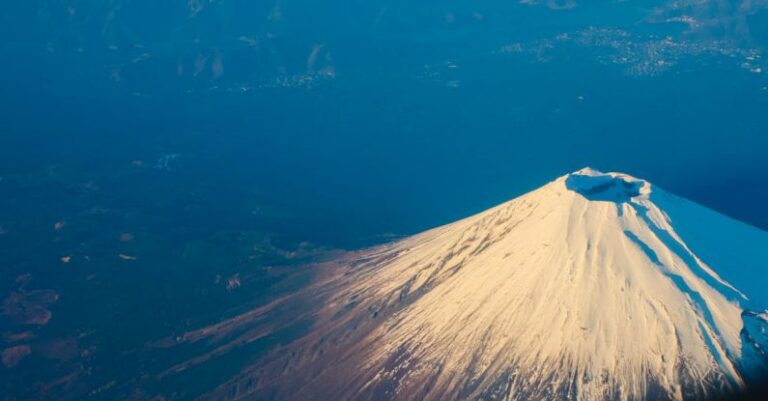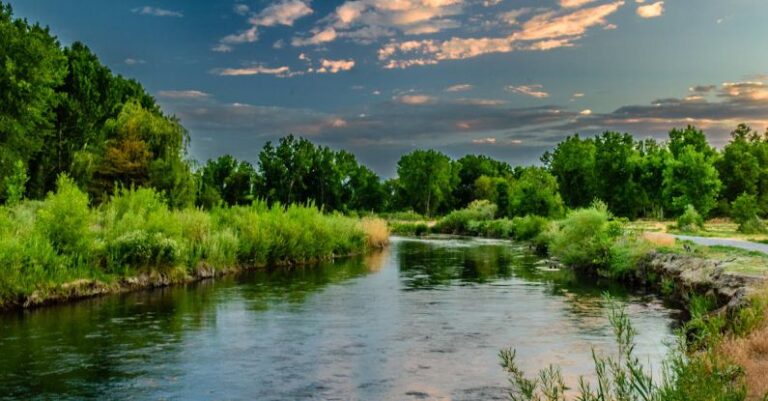
Urbanization is a global phenomenon that is reshaping landscapes and altering the natural environment in significant ways. As cities grow and expand, the impact on natural landscapes becomes more pronounced, leading to a range of environmental challenges. From deforestation to habitat destruction, the consequences of urbanization on natural ecosystems are profound and wide-ranging.
Urban Sprawl and Habitat Fragmentation
One of the most significant impacts of urbanization on natural landscapes is habitat fragmentation caused by urban sprawl. As cities expand outward, natural habitats are fragmented and isolated, disrupting ecosystems and leading to a loss of biodiversity. Fragmentation can create barriers to the movement of wildlife, limiting their ability to find food, mates, and suitable habitats. This can result in population declines and even local extinctions of plant and animal species.
Deforestation and Loss of Green Spaces
Another consequence of urbanization is deforestation, as forests are cleared to make way for new developments, roads, and infrastructure. Deforestation not only leads to the loss of valuable carbon sinks but also results in the destruction of habitats for countless species of plants and animals. In addition, the loss of green spaces within urban areas can have detrimental effects on local biodiversity and ecosystem services. Green spaces provide essential habitats for wildlife, help regulate temperatures, and improve air quality, among other benefits.
Pollution and Degradation of Natural Resources
Urbanization also contributes to pollution and the degradation of natural resources. Increased human activity in urban areas leads to higher levels of air, water, and soil pollution, which can have harmful effects on both human health and the environment. Pollution from urban areas can contaminate water bodies, harm aquatic ecosystems, and contribute to the decline of biodiversity. In addition, the extraction of natural resources to support urban development can lead to resource depletion and environmental degradation.
Climate Change Impacts
The impacts of urbanization on natural landscapes are further compounded by climate change. Urban areas tend to have higher temperatures than surrounding rural areas due to the urban heat island effect, which can have negative consequences for local ecosystems. Higher temperatures can alter the timing of natural events such as flowering and migration, disrupt ecosystems, and put stress on plant and animal species. Climate change also exacerbates existing environmental challenges, such as habitat loss and pollution, making it even more difficult for natural landscapes to adapt and thrive.
Mitigating the Impact of Urbanization on Natural Landscapes
Despite the challenges posed by urbanization, there are ways to mitigate its impact on natural landscapes. Implementing green infrastructure practices, such as green roofs, rain gardens, and permeable pavement, can help reduce the heat island effect, improve water quality, and provide habitat for wildlife within urban areas. Protecting and restoring natural habitats, creating wildlife corridors, and establishing green spaces within cities can help counteract the effects of habitat fragmentation and support biodiversity.
Conclusion: Balancing Urban Development and Environmental Conservation
In conclusion, urbanization has significant implications for natural landscapes, leading to habitat fragmentation, deforestation, pollution, and climate change impacts. As cities continue to grow, it is essential to find ways to balance urban development with environmental conservation to ensure the long-term health and resilience of natural ecosystems. By incorporating green infrastructure, protecting natural habitats, and promoting sustainable practices, we can minimize the negative effects of urbanization on natural landscapes and create more sustainable and resilient cities for both people and wildlife.





